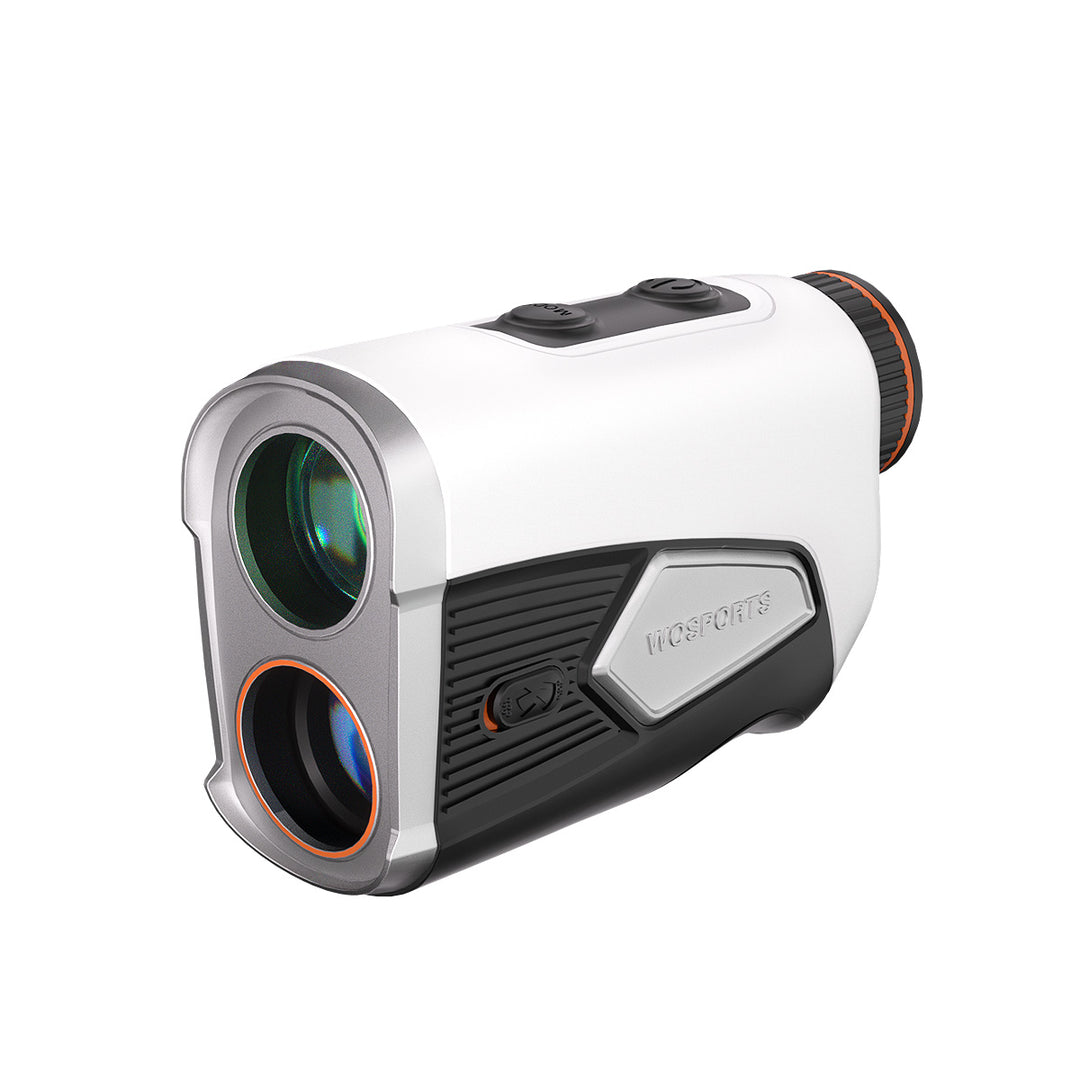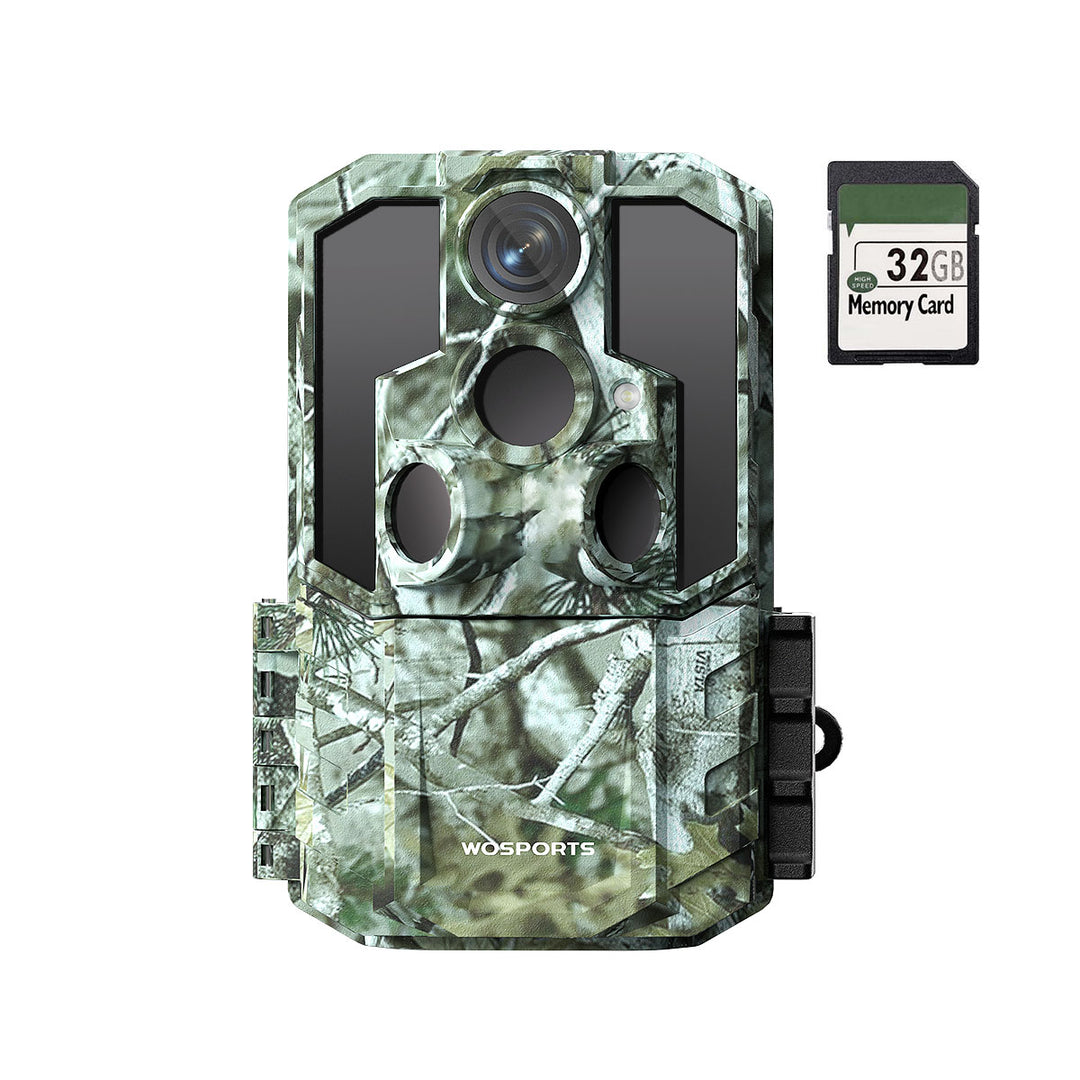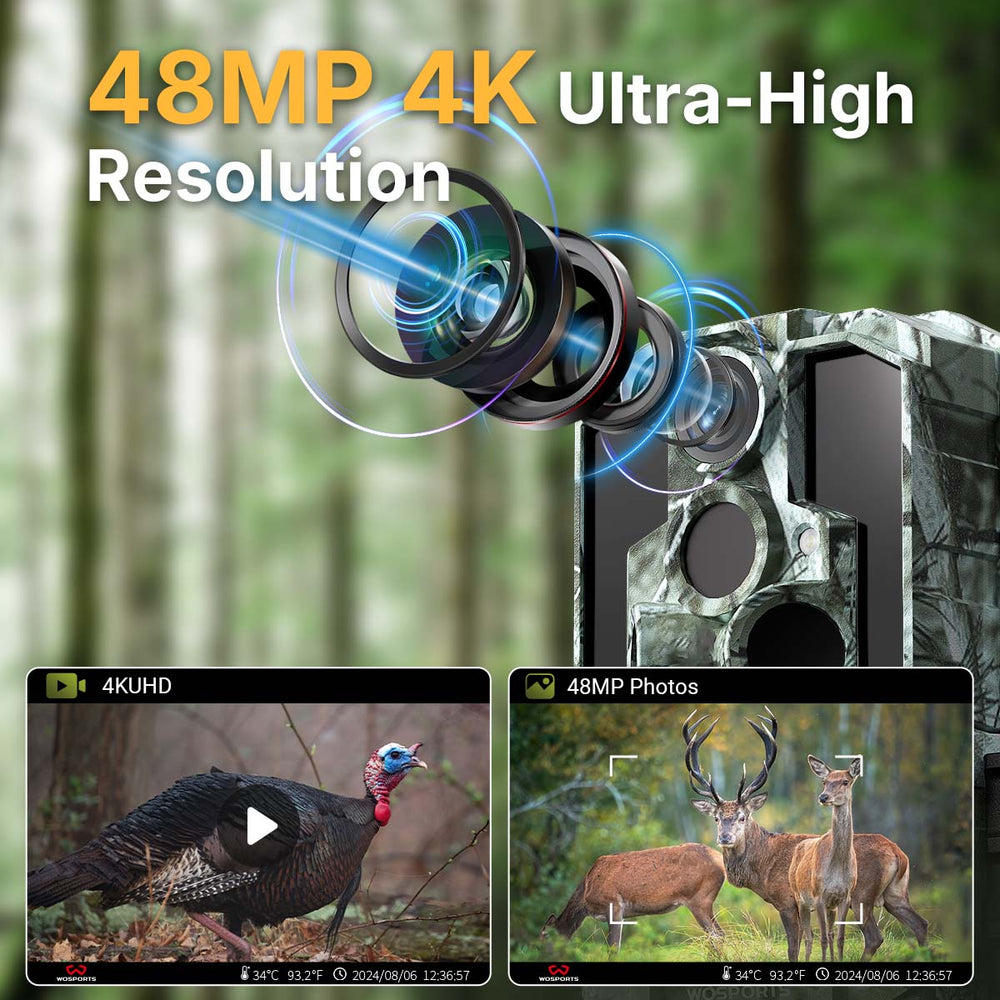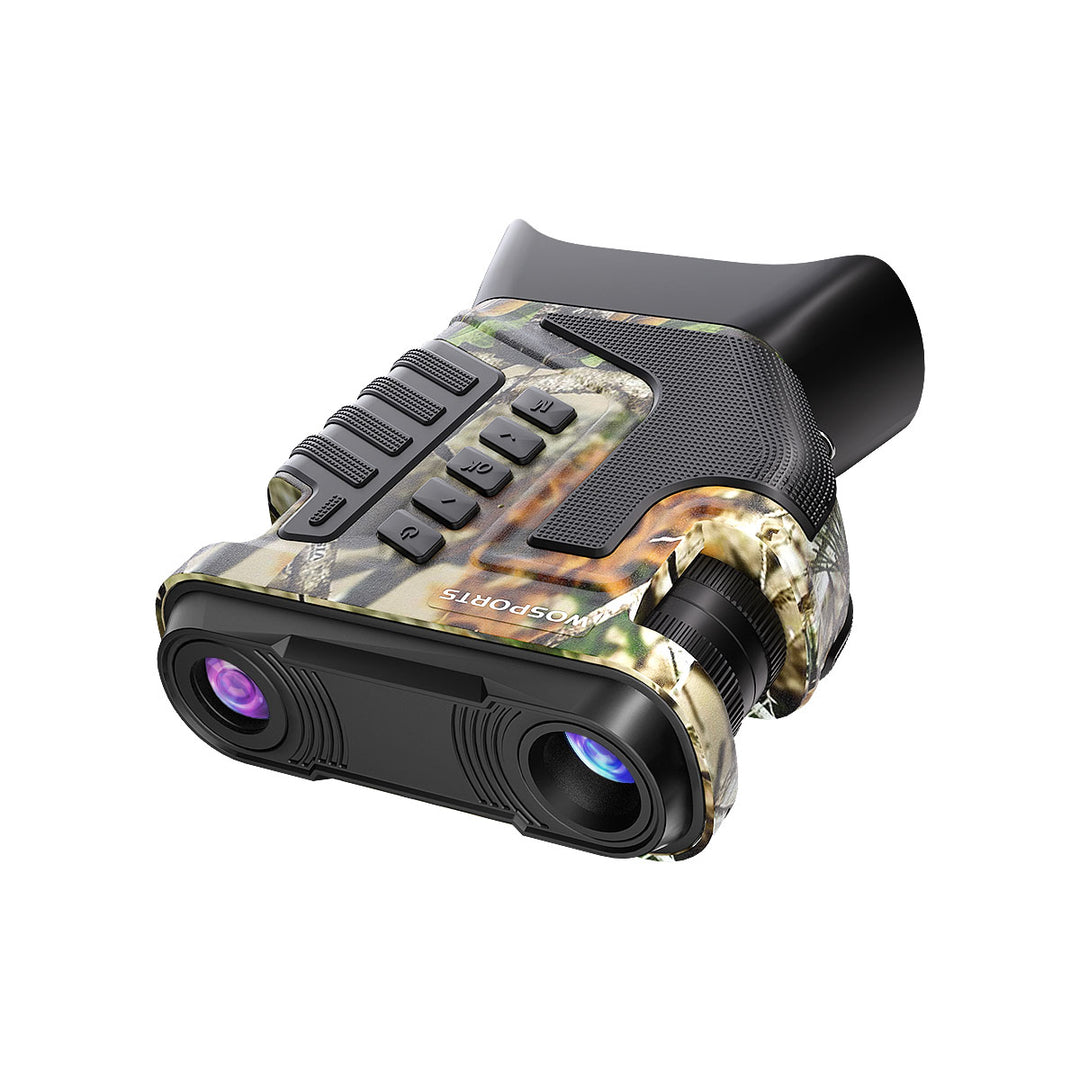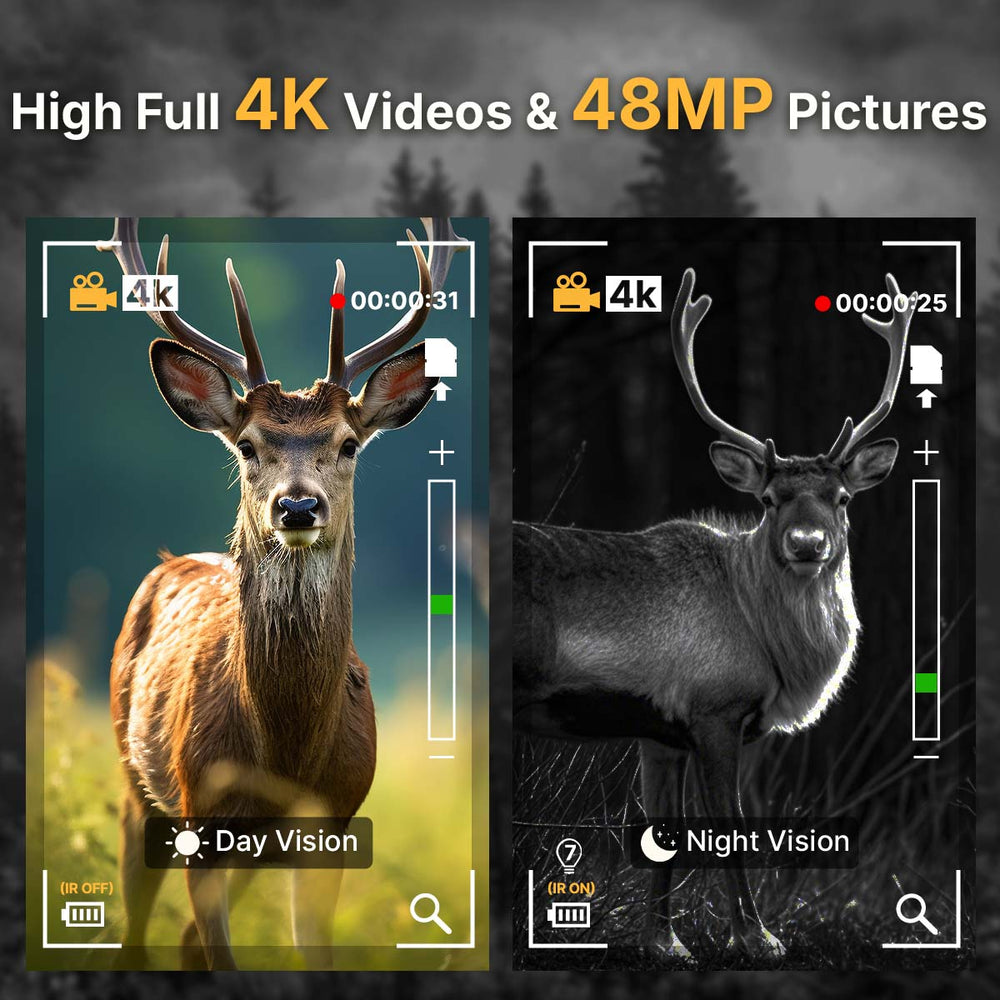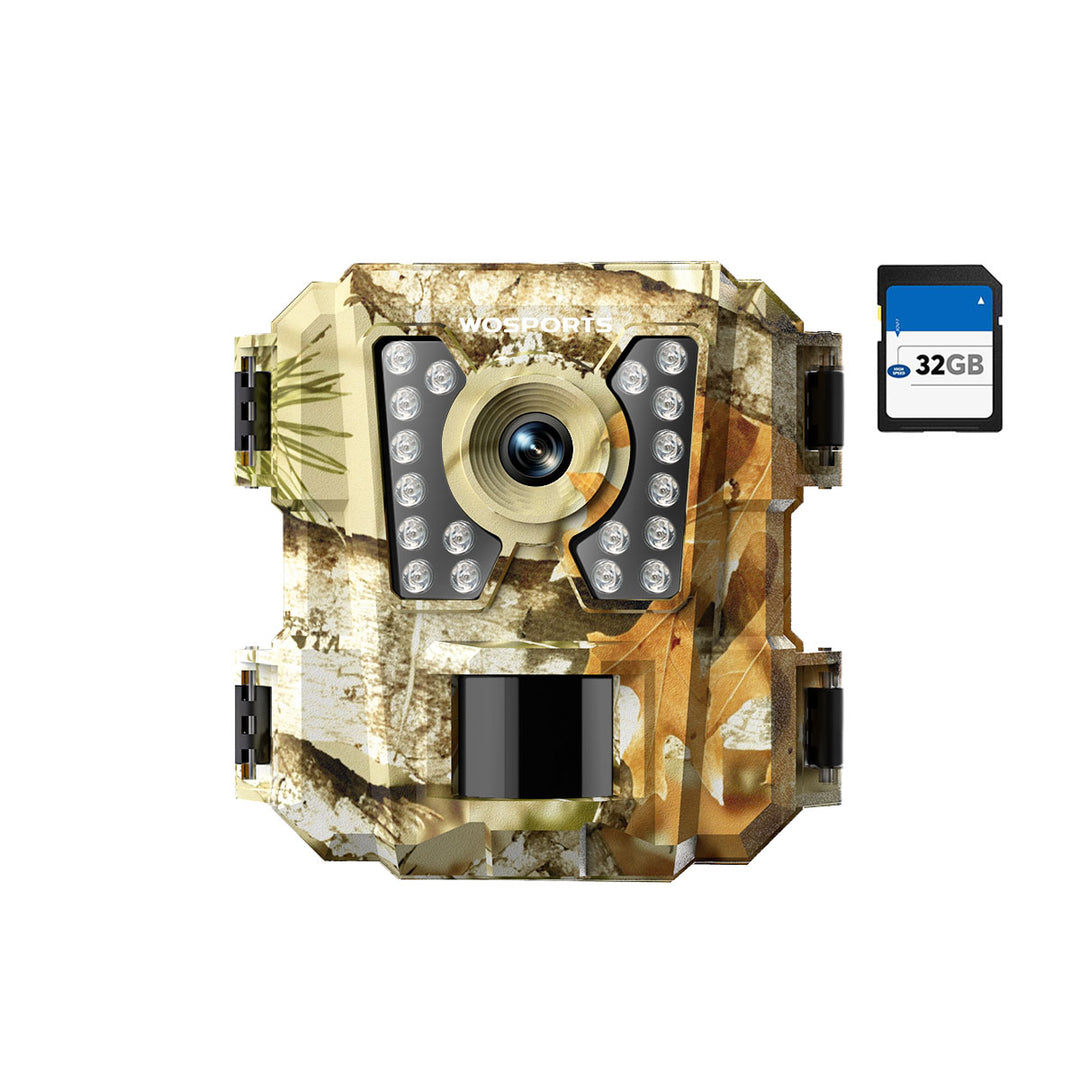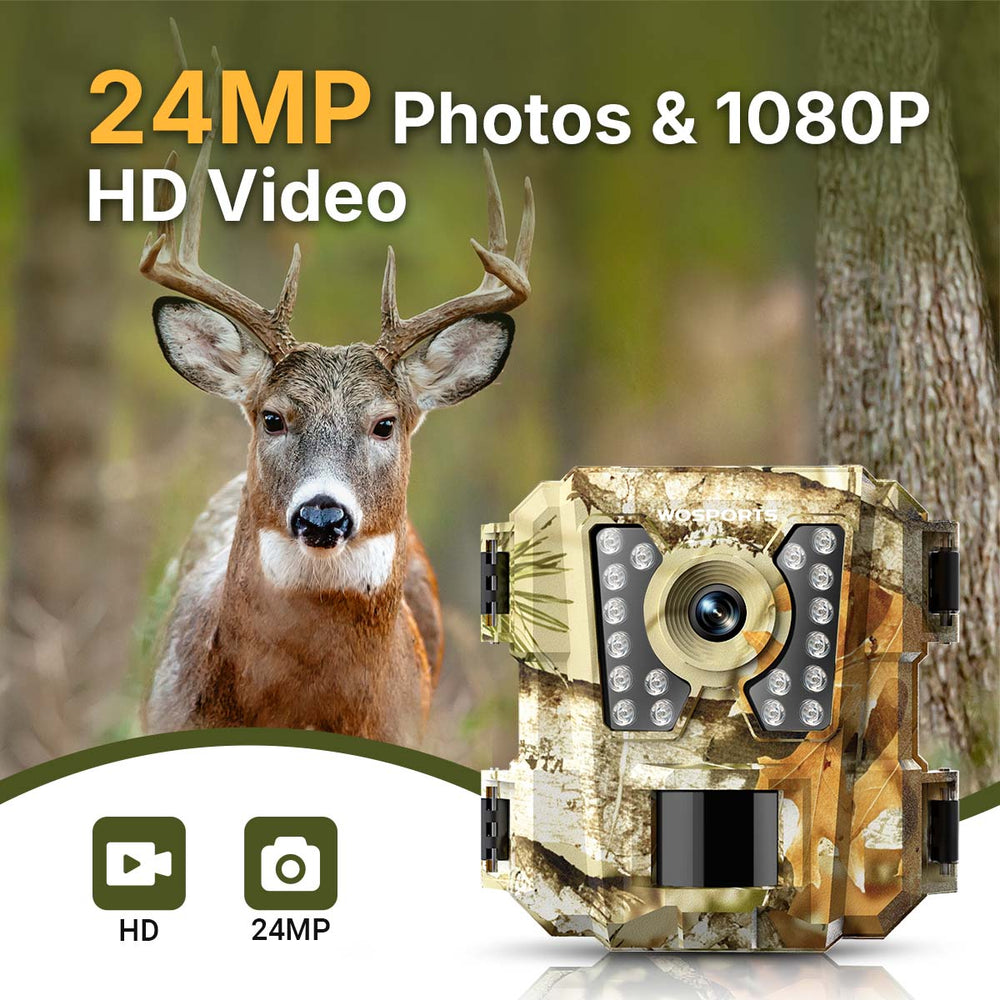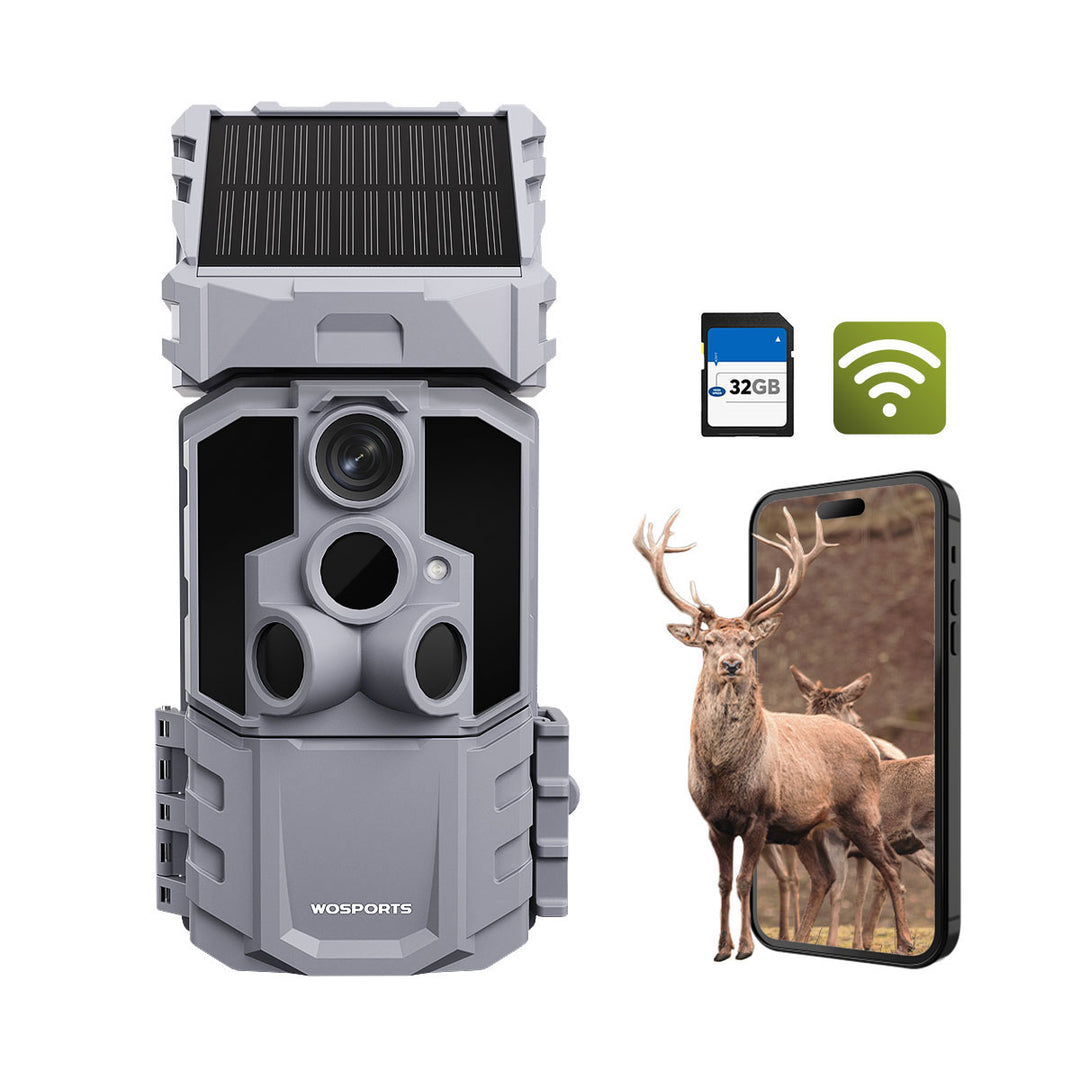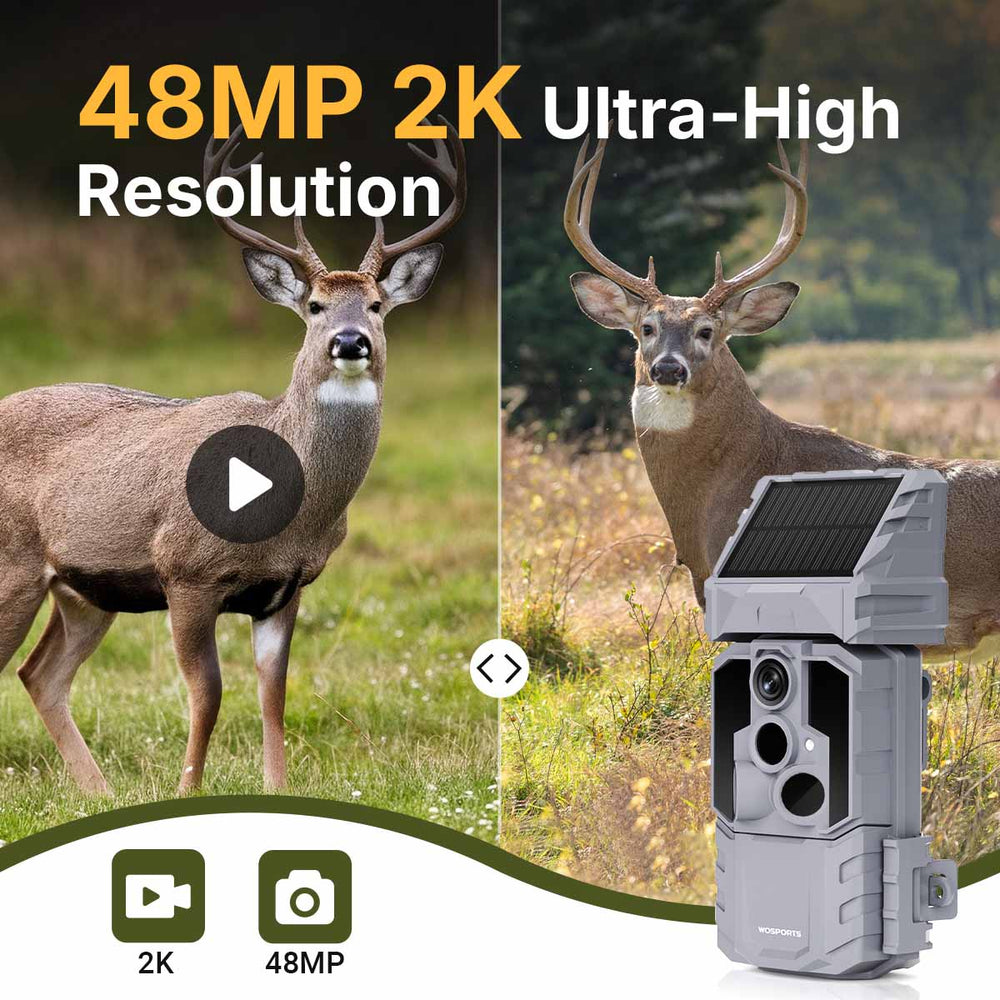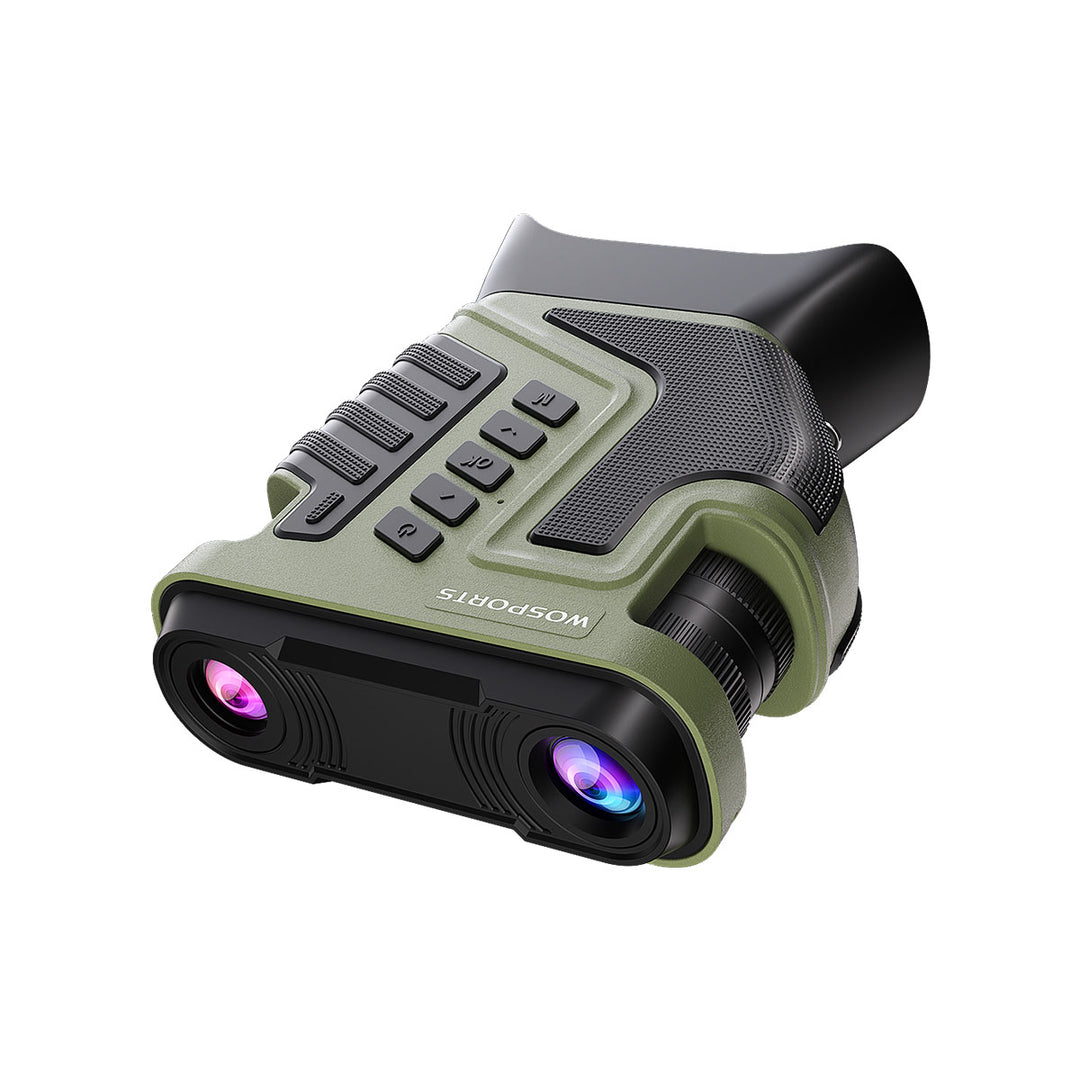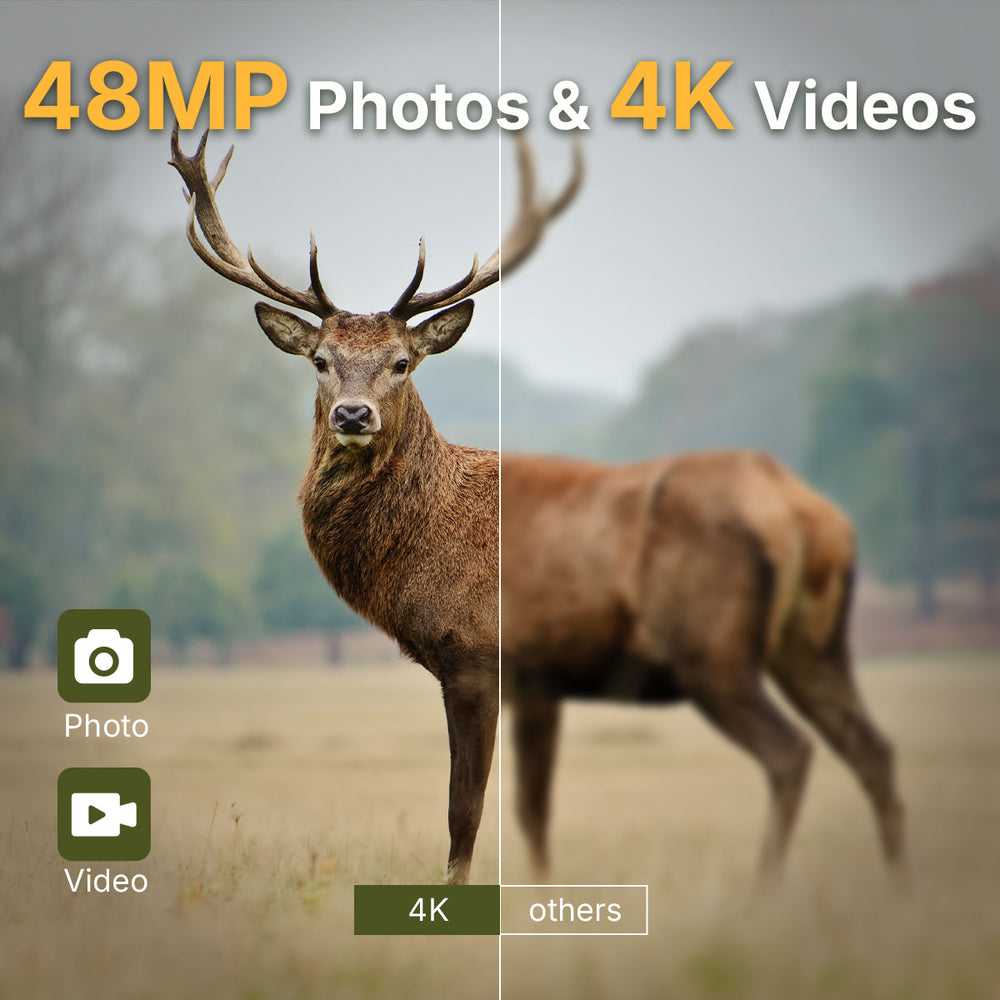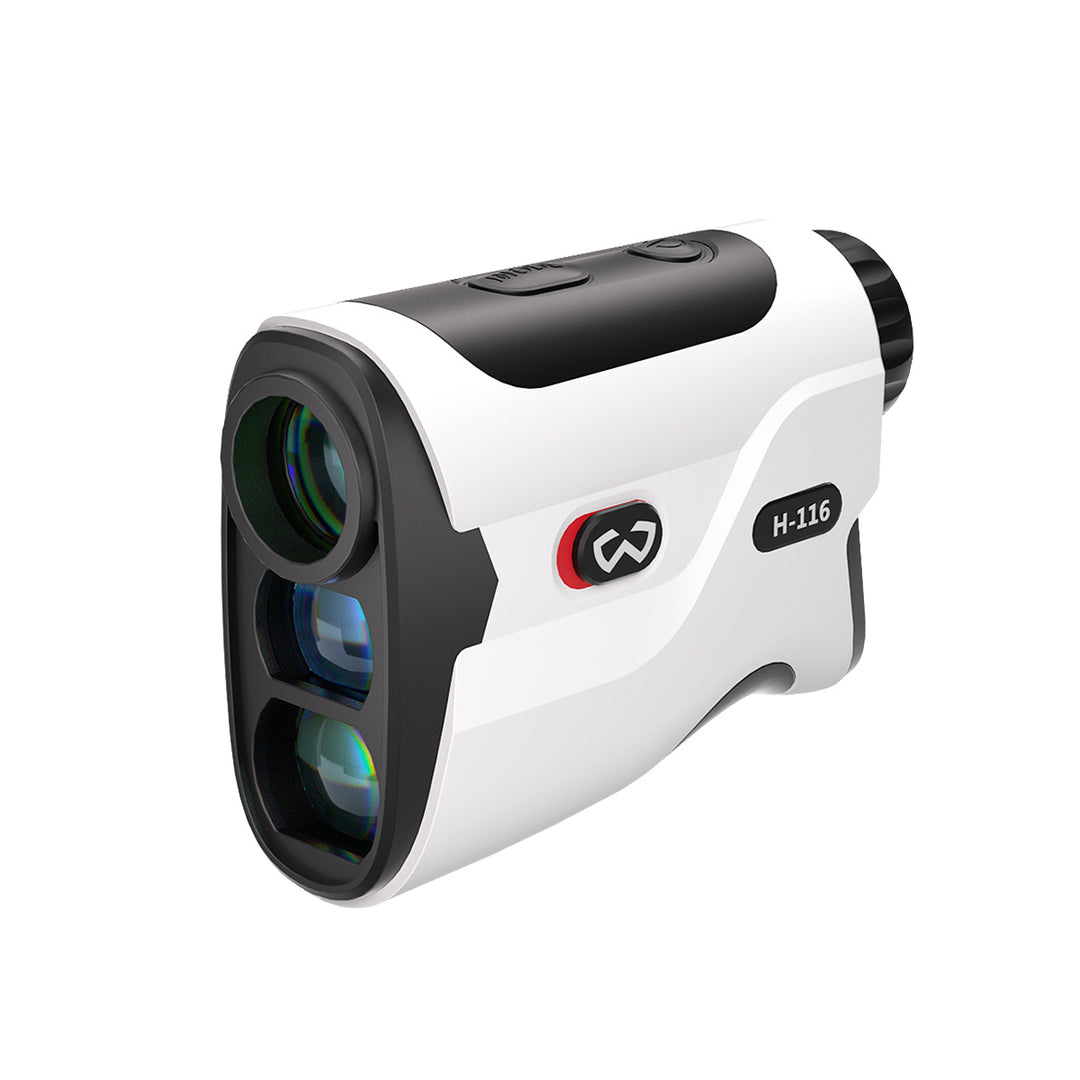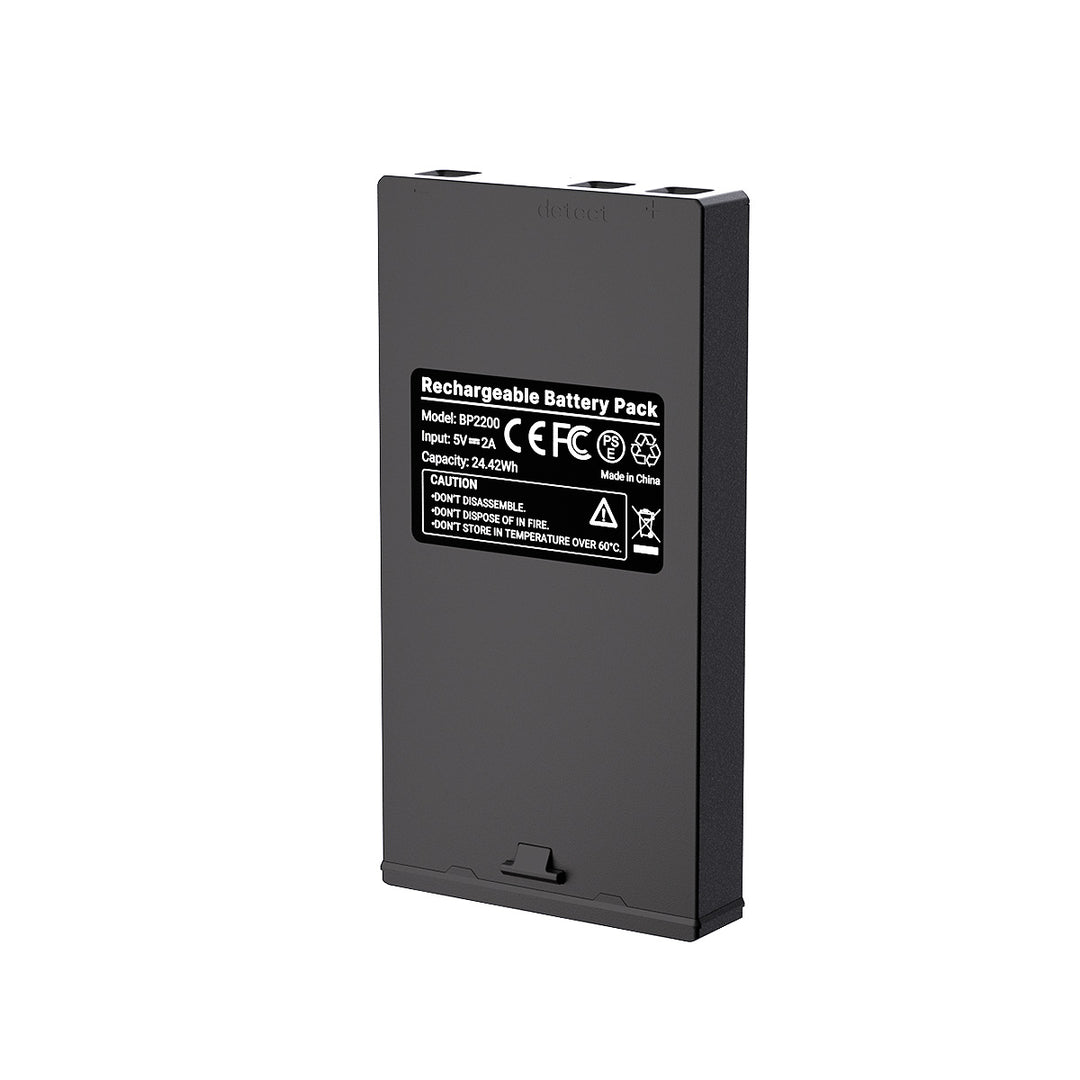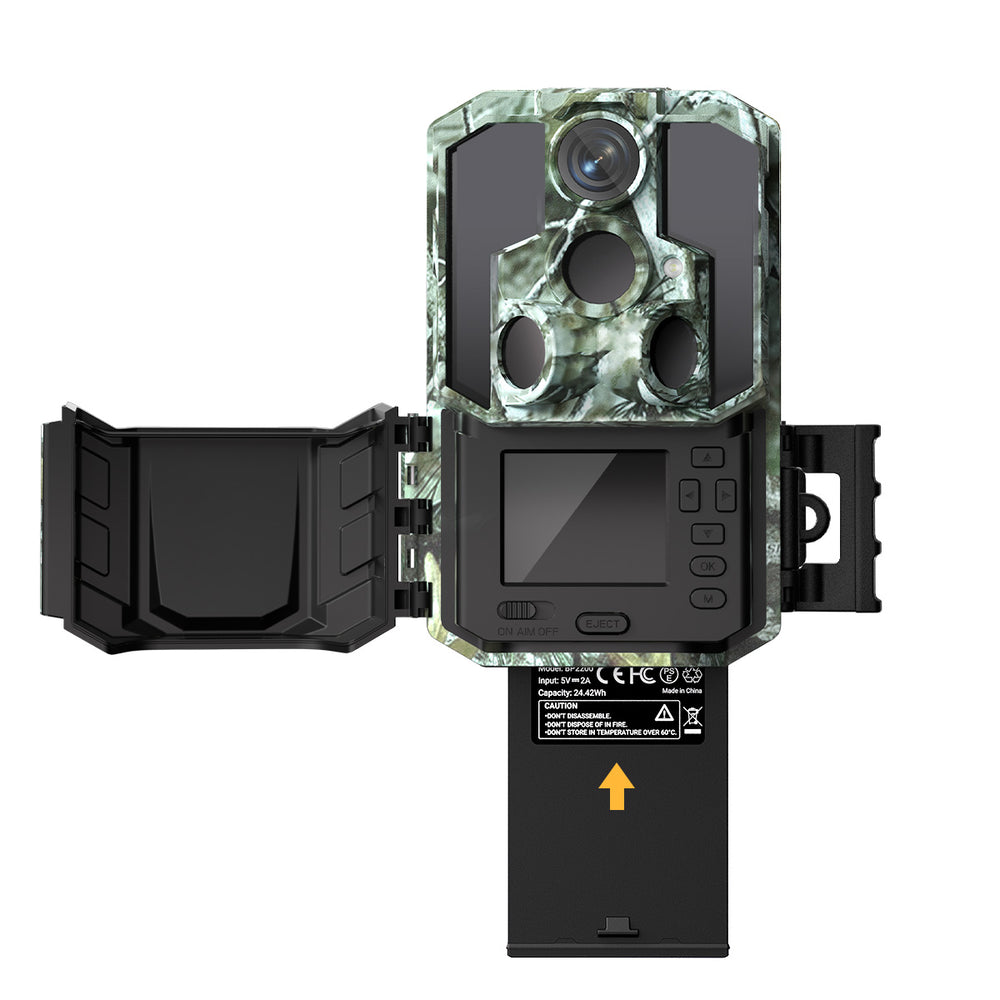How to Deploy Multiple Trail Cameras Efficiently in Natural Reserves?
Natural reserves play a crucial role in protecting biodiversity, but monitoring wildlife activity across vast and diverse habitats can be challenging. Deploying multiple trail cameras is one of the most efficient ways to gather data on species distribution, behavior, and movement patterns. In this guide, we’ll explore how to deploy multiple trail cameras efficiently in natural reserves.
First - Choose the Right Trail Cameras for Your Needs
Not all trail cameras are created equal—especially when it comes to large-scale deployments in challenging environments.
- For natural reserve monitoring, look for models that offer:
- High image and video resolution for accurate species identification.
- Fast trigger speed to capture quick animal movements.
- Long battery life to minimize field visits.
- Solar charging options to extend operating time.
- Wireless data transfer to reduce manual SD card collection.
Recommended Models for Large-Scale Deployment
At WOSPORTS, we recommend three models that have been field-tested for reliability in remote monitoring projects:
G100 Trail Camera – An affordable yet durable option ideal for bulk purchases, perfect for projects with tight budgets that still need consistent performance.
G300 Trail Camera – Known for its long battery life, this camera is perfect for deep-forest locations where frequent maintenance is impractical.
G600 Pro WiFi Solar Trail Camera – A solar-powered trail camera with upgraded software for stable connectivity, ideal for remote access to images and videos.

Request a wholesale quote here →
Then - Strategically Place Your Trail Cameras for Maximum Coverage
Natural reserves usually contain varying terrains, from dense forests to open grasslands. To ensure optimal coverage, do the following:
- Draw a map of the reserve, and identify high-priority zones such as water sources, animal trails, and breeding areas.
- Try to use elevation to shoot widish angles in open spaces.
- Don't allow the rays of the sun to hit the cameras, or else your images will be overexposed.
- Camouflage cameras to protect them from theft and disturbance.
Generally speaking, cameras should be set up at distances of 300 to 500 meters from one another, depending on the density of animals in the area and the objectives of the monitoring.
Learn more about trail camera placement tips>>
Consider Power and Connectivity Solutions
The challenges of power supply and data retrieval are the biggest issues in large-scale monitoring.
Solar charging should be used as much as possible for remote areas. A unit like the G600 Pro can be left out in the field for a few months without a battery change.
An extended battery works well in shaded areas where the solar panel might lose some efficiency. Using wireless transmission of data can reduce labor costs and disturbance of wildlife.
Combining solar tech with long-life batteries, as in the G300, can offer continuous monitoring with minimal downtime.

Scaling Up Outdoor Monitoring with Bulk Trail Camera Orders
If you need a bunch of cameras for a project, getting them wholesale is the way to go to save money.
When you buy wholesale, each camera costs less, and you can often get custom stuff like:
- Your group's logo on the cameras.
- Cameras set up the way you need them, so they're ready to go.
- Lots of extras like straps and lock boxes
If you're a conservation group watching your budget, the G100 Trail Camera is a great pick. It's cheap when you buy a bunch, but it still works great.

Enhance Data Management & Analysis
Getting the data is just the start. Analyzing it well means you can use what you've got ASAP.
- Use cloud storage so everyone can get to the data in one place.
- Add GPS info to images to map them easier.
- Think about using AI tools to figure out which species are which.
- Keep old data to watch changes over time.
If your cameras have WiFi, such as the G600 Pro, pictures can be sent from far away, so you don't have to go get the SD cards.
Search
Popular Posts
Recent Posts

Nov 28, 2024
Troubleshooting Common Trail Camera Issues
Jan 10, 2025
Why Does My Trail Camera Stop Working at Night?

































